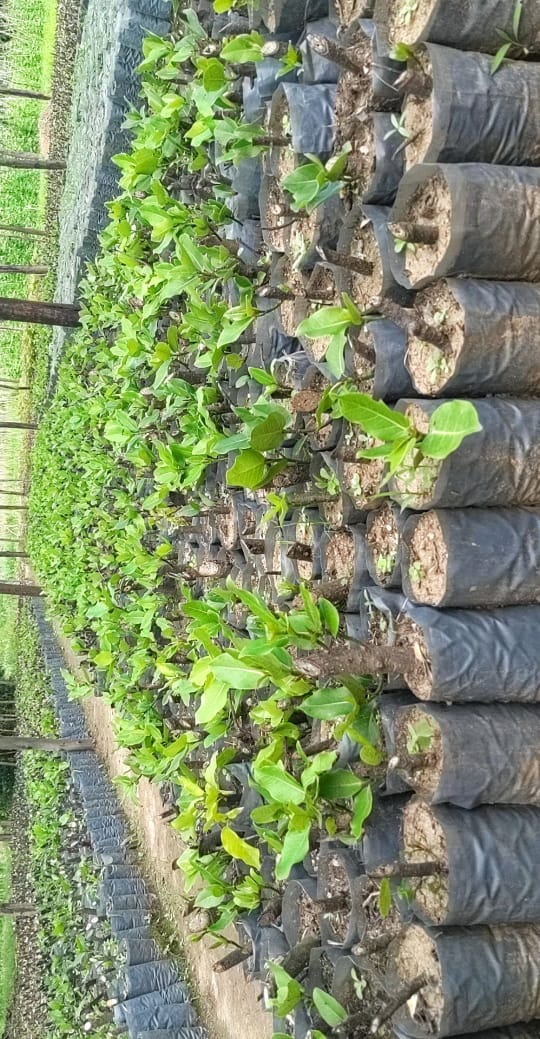B
Read more
+(250) 791 728 026

Techniques Used by WCI to Propagate and Grow Indigenous Trees at a Plant Nursery Bed
Growing indigenous trees is essential for
preserving biodiversity and maintaining healthy ecosystems. Successfully
propagating indigenous trees requires specific techniques to ensure healthy
growth and development. Here’s a step-by-step guide on how to propagate and
grow indigenous trees in a plant nursery bed.
Preparing the Nursery Bed Soil
(i)
Prepare
the Nursery Bed Soil for Optimal Conditions: Start by selecting a location with well-drained soil.
Ensure that the soil is loose and free of weeds and debris to provide a
conducive environment for root development.
(ii) Utilize
Nutrient-Rich Soil:
Mix the soil with organic manure to enhance its nutrient content. This
nutrient-rich soil provides the necessary minerals and organic matter that
young indigenous trees need to thrive.
Selecting and Preparing Indigenous Tree
Cuttings
(i)
Select
Healthy Source of Indigenous Trees: Choose robust and healthy indigenous trees as sources for
your stem cuttings. Avoid indigenous trees that show signs of disease or pest
infestations.
(ii) Procure Branches for Propagation: Carefully cut branches from the selected healthy indigenous trees. These branches should be healthy and free of any visible damage.
Planting and Initial Care
(i) Water the Pots Adequately: Before planting the cuttings, ensure that the pots are well-watered. The soil should be moist but not waterlogged to support the initial stages of root development.
(ii) Prepare Stem Cuttings: Treat the stem cuttings of indigenous trees with antiseptic drugs to prevent infections. This step is crucial to protect the cuttings from diseases that could hinder the growth of indigenous trees.
(iii) Plant the Treated Cuttings: Securely place the treated stem cuttings into the watered pots. Ensure they are fixed firmly to promote stability and healthy root growth.
Promoting Growth
(i) Apply Antiseptic Treatment: Apply antiseptic drugs to the area of the plot where the stem cuttings are placed. This helps to maintain a sterile environment and prevent disease outbreaks.
(ii) Regular Watering: Maintain consistent moisture levels in the soil by watering the pots regularly, twice a day: once in the morning and once in the evening. Ensure the soil stays moist but not waterlogged to support the growth of the cuttings.
(iii) Shading: Provide adequate shading to protect the young cuttings from direct sunlight and heavy rain. This helps to prevent excessive water loss and reduces the risk of heat stress.
(iv) Remove Weeds: Regularly removal of weeds from around the cuttings. Weeds compete for nutrients and water, so keeping the area weed-free ensures that the young trees receive all the necessary resources for growth.
View
the video explaining the methods employed by the Wildlife Conservation
Initiative (WCI) for propagating and nurturing indigenous trees in a plant
nursery bed by clicking here:
Techniques Used by WCI to
Propagate and Grow Indigenous Trees at a Plant Nursery
By following the above steps, you can
successfully propagate and grow indigenous trees, contributing to environmental
conservation and biodiversity. Happy planting!